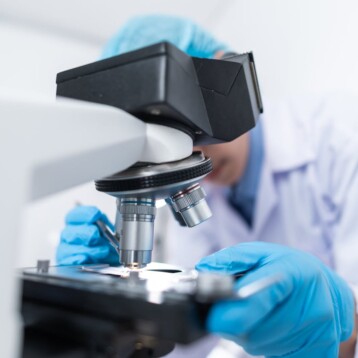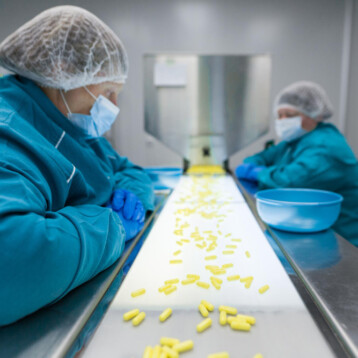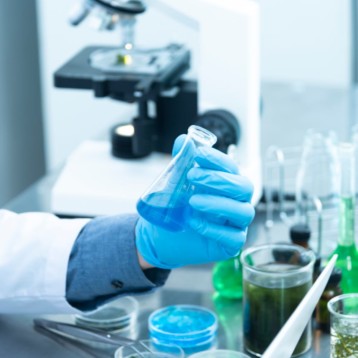The heart is one of the least regenerating organs. If the myocardium (heart muscle tissue) is damaged for some reason, such as infarction or a heart disease, it might lead to heart failure. All the previous attempts at strengthening the heart muscle using stem cells in order to decrease the risk of heart failure were not very successful. The researchers currently predict that the new technique will reach clinical trails in humans in about two years’ time.
In order to successfully reach their goal, the University of Washington researchers had to overcome two primary obstacles- differentiating the stem cells into heart muscle cells (cardiomyocytes), and keeping them alive after the transplant. The first problem with stem cells is that they can differentiate into any type of cell. Controlling the differentiation is done using proteins called growth factors, which originally signal to the stem cell what kind of cell it should become. In this research, in contrast to previous researches, two different growth factors were used, making the differentiation much more specific. The other obstacle the scientists managed to overcome was the high mortality of the transplanted cells. This was acheived by implanting the cells along with a cocktail of compounds to help them stay alive. The cocktail contained a growth “matrix”, a kind of scaffold the cells can attach to and some drugs that block processes related to cell death. Thanks to these clever solutions, the major obstacles were dealt with t and the research was successful.
This first use of stem cells to fix solid tissue (unlike bone marrow or blood cells that are already being cured using stem cells) is considered to be a breakthrough. The scientific world has been waiting for this technology to mature for a long time and its implementation opens up a wide variety of therapeutic options. As soon as this technology will become common practice, every cell in our body could be regenerated, including neurons that do not tend to regenerate naturally. What starts in fixing a rat’s heart can eventually become a major revolution in all medical science.
TFOT recently published a comprehensive article covering the topic of stem cells and their therapeutic abilities. The article covers another groundbreaking research on embryonic steam cells that may lead to a new technique for curing blindness in humans.
More information on the recent University of Washington stem cells research can be found here.











